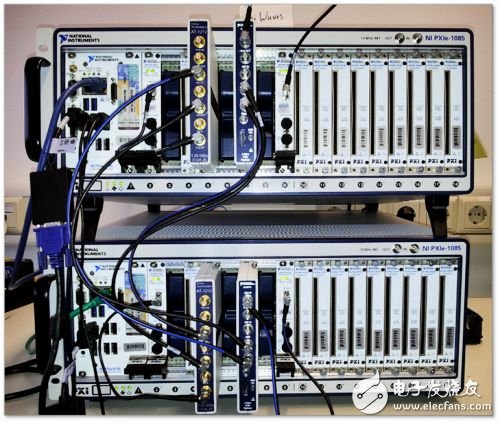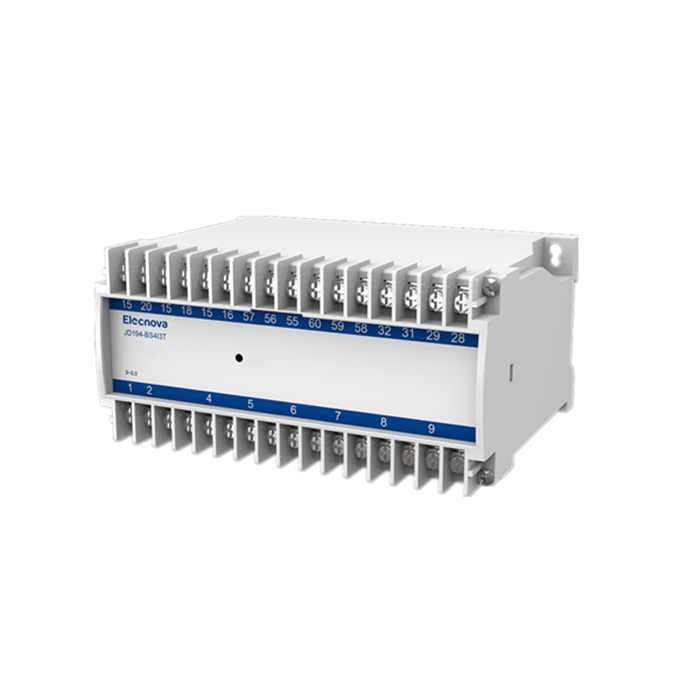National Instruments (NI) and Dresden University of Technology in Germany collaborated to expand Dresden's 5G laboratory (D5GL) through the world's first open millimeter wave test platform, which can process more than one time in real time. 2GHz RF (Radio Frequency) signals can be used as a development tool for mobile access, wireless backhaul networks, and large-scale MIMO communication equipment. The test platform embodies NI's consistent technical expertise and uses the LabVIEW graphical development environment (including the LabVIEW FPGA Module). This development environment is tightly integrated with the millimeter-wave baseband hardware platform. The hardware platform brings together the core hardware of several NI companies. Products, including:
NI 1085 18-slot 3U PXIe Rack
NI PXIe-8135 RT controller with 1 Intel i7-3610QE 4-core processor operating at 3.3GHz
NI 7975 FPGA Module with 1 Xilinx Kintex-7 XC7K410T FPGA Device
NI 5771, 8-bit, 3 GS/s sample rate digital adapter module for NI FlexRIO
AcTIve Technologies AT-1212, 2-channel, 14-bit resolution, 1.25 GS/s sample rate signal generator adapter module
NI PXIe-5652, RF and Microwave Signal Generator with Modulation
Below is a picture of the NI test platform.

The millimeter wave or EHF (very high frequency) band is the highest radio band in practical applications, with a frequency range from 30 GHz to 300 GHz. Because it has a wavelength of 1 mm to 10 mm, it is called a millimeter wave. The use of these bands presents some challenges, including high path loss, transmission loss due to moisture, and oxygen absorption. Recent channel measurements in dense urban environments have shown that millimeter-wave connections required for cellular systems can be obtained by using a combination of steerable antenna beams and new network topologies. This open test platform will focus on new physical layer technologies, including massive MIMO, interference coordination, and network densification.
Power measuring transducer is a simple and reliable way to measure wattage, whether for one motor, one machine, or an entire building. The output signal allows you to monitor the power used and report the use to a website, a local display, or to be used to send alarms when the power rises to abnormal levels or falls to unexpected levels.

Power Measuring Transducer,Busway Temperature Sensor,Current Voltage Traunsducer,Power Frequency Transducer
Jiangsu Sfere Electric Co., Ltd , https://www.elecnova-global.com
